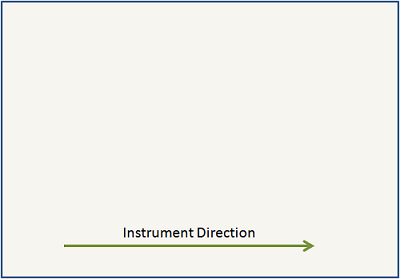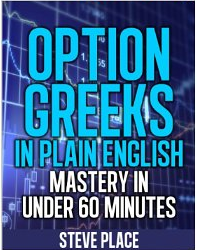Welcome to the 3rd lesson in your “Option Trading Tactics Bootcamp.” Here we cover the most important trading rules new option traders should follow. By adhering to these option trading principles, you will become a more consistent, confident, and profitable options trader.
If you’re new to this series, check all the lessons at our Bootcamp Headquarters.
We are going to talk about the actual risks of option trading, and what you should do about it. This is very important to option traders because different option strategies will have different ways of making money-- and losing money.
You Can Lose, Even When You Win
I've heard this story plenty of times: an option trader is bullish on a stock, so she buys a call-- then the stock moves higher, but the option position loses money. How can this be?
Often times when newer option traders come to me for help and advice, they lack the understanding needed to put on simple option trades. This comes from not following our next principle:
Principle #3: Understand the Real Risks
We can break this down even further. When we talk about risks, we talk about what can affect the price of an option position. These are also known as "the greeks."
Most traders are well accustomed to delta. This is the change in the value relative to the change in the underlying. However, the delta can change as well. The change in the delta over price is known as gamma, and the change in delta over time is known as charm.
Further Down the Rabbit Hole
There are also other components to the price of an option. The delta and its derivative greeks are a function of where the option is relative to the strike price. However, there are other greeks that are related to the odds and implied risk surrounding the option.
When we talk about risk in the options market, we refer to price fluctuations (volatility) and the risk over time. The sensitivity of an option position relative to perceived volatility is vega, and the premium as a function of time is known as theta.
Confused yet? Let's visualize it a bit.
Think in 3-D
Options are a very interesting component of trading and finance in general. They are what I would consider "multi-dimensional."
If you come from stock-futures-forex land, your positions generally care about one thing: direction.
But when you trade options, you not only care about where the underlying is going, but how long it is going to take to get there, and how fast it will move in between now and that time. So you actually have 2 more dimensions.
As an option trader, you need to have an opinion on all of these when putting on an option trade. Being incorrect on any of these 3 dimensions can lead not only to losses but unrealized profits.
For example, if you are bullish on a stock and you sell puts, you are taking in a credit to assume downside risk. If the stock rips higher in a short amount of time, you made money-- but not as much as if you had bought calls. In essence, you got the direction right, but the volatility wrong. Missing out on these profits can make or break a trading week, month, or year.
Trade Matrix
Now that you have an opinion on both direction and volatility, you can then learn to better structure your trades. This trade decision matrix [pdf] is where you can get started. The matrix is by no means comprehensive, but is a useful starting point when considering what kind of trade to take.
Get More
There's much more that needs to be said about the option greeks, so I created a kindle book that teaches you all you need to know in a little under an hour.
Pick up the book on Amazon for only $4.99
Got the book on your kindle now? Good... let's move onto the next lesson.



